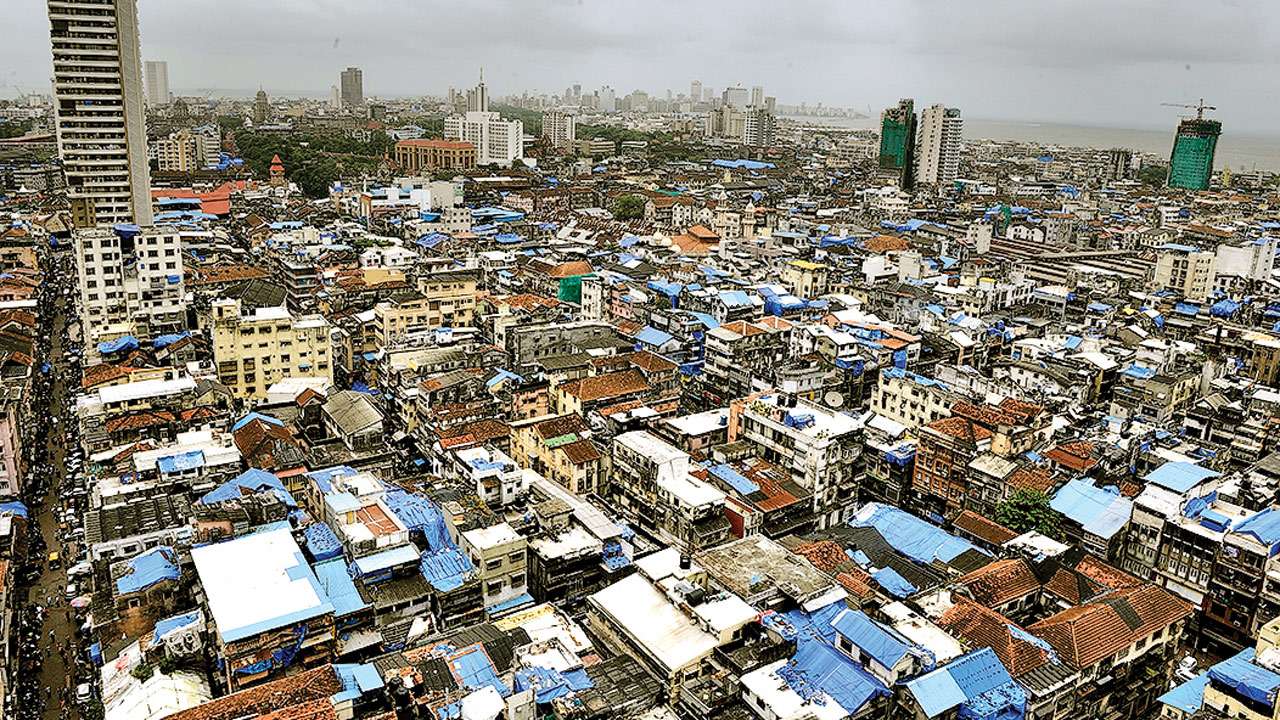
Globally, real estate development is an important parameter to measure economic growth. If one just looks at the demand for homes in India, the growth potential is huge.
Initiatives by the government, including ‘Housing for All by 2022’ offers major growth potential not just for the sector, but also for economic development and GDP growth.
Indian real estate is the engine which will power the Indian economy into the ‘big league’. From the ancillary industries that it supports to job creation – easily the next in line after agriculture and manufacturing – Indian real estate has the potential to reach the magic figure of ‘trillion dollars’.
Let us look at the route map to achieve this. A KPMG Report released at NAREDCO and APREA’s Real Estate & Infrastructure Investors’ Summit in Mumbai last year stated that the Indian real estate will be a $1 trillion industry by 2030.
This will propel it to being the third largest economy globally – and this growth will be driven by not just the huge demand for homes, but also new and emerging asset classes within real estate, such as affordable housing, co-working spaces, warehousing and logistics, among others.
The ‘grease’, which will ensure this happens easily, is the post-RERA transparent regulatory environment powered by the economic and taxation reforms.
Estimates suggest that from $120 billion in 2017, the sector should grow to $650 billion by 2025. During this period, its contribution to GDP is estimated to go up from the present 7 per cent to 13 per cent.
Even as the new paradigm in post-RERA scenario ensures this does happen, we also need to factor in ground realities that will play a major role.
Infrastructure growth is opening up peripheral areas, as also creating satellite cities, the new growth centres of real estate.
Figures speak for themselves - from an average highways road construction pace of 3 km per day in May 2014, the figure now stands at 27 km per day.
The National Highways, earlier a stretch of 96,000 km, are now in the process of being doubled.
Creating jobs is another aspect where real estate powers the economy, and will help achieve the ‘trillion dollar’ target. The third largest employer, it employs over 50 million at present.
While the initial days of the new regulatory environment saw Indian real estate going through a phase of transition, now the story is largely about enhanced growth potential.
Over the past year, we have seen real estate post higher numbers, while also evolving and adopting global best practices.
From being an unorganised sector traditionally, Indian real estate has become more organised, transparent and now offers a safe and secure environment – ideal for investment that drives growth.
It has witnessed implementation of landmark reforms, which impacted it directly as also indirectly, be it GST, RERA, Insolvency and Bankruptcy Code and Benami Property Transaction Act, among others.
While the initial pain did exist, these reforms have taken the housing sector towards a healthier ecosystem and make the trillion dollar economy target sound feasible.
The biggest impact of these steps is financial discipline in the sector, which has also created a better perception for India as a global hub for investments.
Private equity investments in Indian real estate have improved 15 per cent year-on-year in January-March 2018, reaching $3 billion.
Overall, strong economic ground rules, proactive reforms and the use of technology will continue to boost the sector.
A number of new asset classes—such as co-working spaces, affordable housing, rental housing, and warehousing realty—have mushroomed in the country, and are fast gaining traction.
Backed by regulatory changes, the growth story of Indian real estate has been co-scripted by rapid urbanisation, increasing levels of income and growth in foreign and domestic investment, entry of international real estate players, investors and Indian corporate houses and the recent appreciation in EODB rankings.
Author is National President, NAREDCO